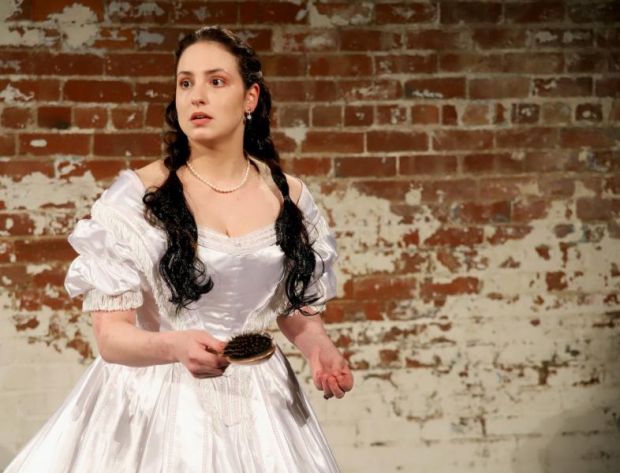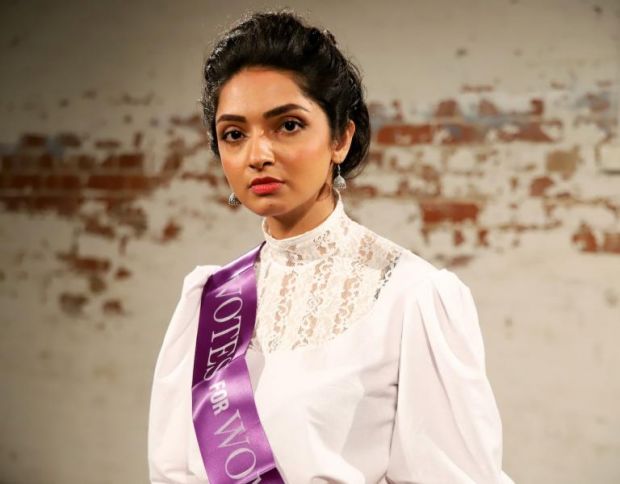The Regina Monologues
This is a delightful concept with a fabulous range and choice of historical women. The vast array of characters included Mary Queen of Scots (Fiona Crombie), Alexandra of Bavaria (Liliana Braumberger), Sophia Duleep Singh (Jazba Singh), Isabella of Spain (Joana Costa), Eleanor of Aquitaine (Sonia Marcon), Matilda of England (Madalyn McCandless), Elizabeth of Austria (Emily Scerri), Hortense Bonaparte (Emma Jevons), Himiko (Seon Williams), Persephone (Avril Good), Virgin Mary (Delaram Ahmadi), Njinga (serious meerkat), and Catherine the Great (Danielle Robinson).
The strength of this performance is in the great range and diversity of the figures providing perspectives of the impact of women across cultures as well as geographical and historical locations. This impressive array of powerful women makes the production extremely dynamic. The show is primarily composed of monologues each of which exhibits strong performances. The ability to captivate the audience in these solo performances is achieved by a good combination of delivery, costuming and audience engagement. The characters are all presented in a charismatic and alluring manner.

The production is contextualised in a very interesting space which sees many of the characters meandering in the auditoriums, blending in with the audience or guiding them through the spaces. This also created an enchanting aura and allowed a good display of the wonderful detail and attention to costuming. The presence of the women was sometimes spectral and at other times concrete and visceral. This also gave the show an unusual and inviting performance structure.
The separate but connected auditoriums and the ability to wander through them and make deliberate choices about which monologues to see is also a refreshing and innovative approach to the performance. However, this needs to consider the problems with simultaneous performances and the encroaching of sound between the spaces in the venue. This made the performance too ad hoc and detached. More control of these aspects could have been achieved via the sequencing of the monologues and the possibility of more encounters between these figures or a juxtaposition of the characters. The monologues have many common themes and deserve more connection between them.

Although these figures represent powerful women who provide a colourful insight into history and culture, the way in which their position and authority is curtailed by or distilled through men was a pervasive theme. The imagining of the way they negotiated gender discrimination in their different contexts is particularly interesting. This is often described in terms of women’s bodies and appearance and highlights the universal and even contemporary value of the content. These fascinating monologues are full of wit and humour which are frequently executed with style and confidence.
Patricia Di Risio
Subscribe to our E-Newsletter, buy our latest print edition or find a Performing Arts book at Book Nook.
